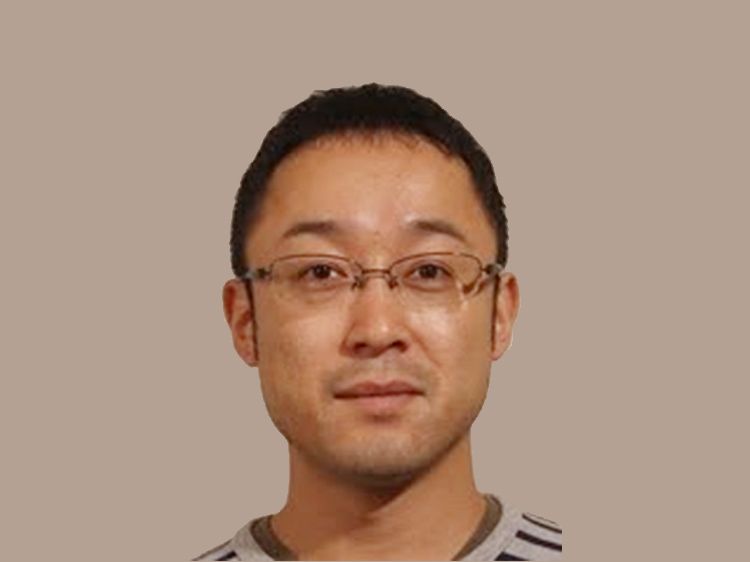
Research
The ATLAS experiment is one of the largest international joint experiments, located at CERN, Geneve, on the border of France and Switzerland. The mission is to research the origin of the universe, discover new particles -- new Higgs bosons and dark matter candidates, using the world largest energy produced by the Large Hadron Collider (LHC). The ATLAS detector is the largest experimental apparatus in the particle collider physics experiments: 46 meters long and 22 meters in diameter with 7000 tons of weight. The Japanese collaboration has been organized with a member of universities, companies and facilities, since an official Japanese government's decision in 1995.
The KEK group contributed to the construction of the LHC. The group took part in the development and production of 16 out of 32 accelerator quadrupole magnets located near the beam collision point, which is the most sensitive device to control the beam orbit. The group has also been contributed to several parts of the construction of the ATLAS detector: semiconductor tracker (SCT), solenoid magnet, thin gap chamber (TGC), frontend electronics of monitored drift tube (MDT), and many developments of software and trigger architecture systems. The SCT and TGC (MDT) are major parts of the inner and outer particle tracking systems, respectively. Collaboration with KEK and Japanese universities had a responsibility of the mass production of SCT and TGC. The 2600 hybrid electric circuits (2112 + spare) and 860 SCT modules, and about 1200 TGC detectors and four different types of customized ASIC circuits with a total of 0.32 million channels were produced from 2000 to 2005. For the solenoid magnet, the Japanese group had 100% responsibility for the construction, and many other electric devices were also produced.
The ATLAS experiment will be continued until 2024, and further upgrade is scheduled as the High Luminosity LHC experiment (HL-LHC) that enhances the beam luminance by a factor of 10. Japanese group again joins the HL-LHC project and contributes to the development of the HL-LHC magnet (D1 magnet). The ATLAS detector will also be upgraded. Continuation of the HL-LHC project is beneficial for the group in that the advanced technology could be exploited by the accumulated experience and knowledge. The Japanese group will continue the contribution to the particle tracking system. A new inner tracking system is based on a fully silicon-based detector with high granularity silicon sensors. The outer tracking and trigger system are upgraded to a high-speed readout system. Upgraded ATLAS experiments will explore a further high energy frontier.
Member
Staff

(IPNS-EF, IPNS-ITDC, Professor, Team Leader)
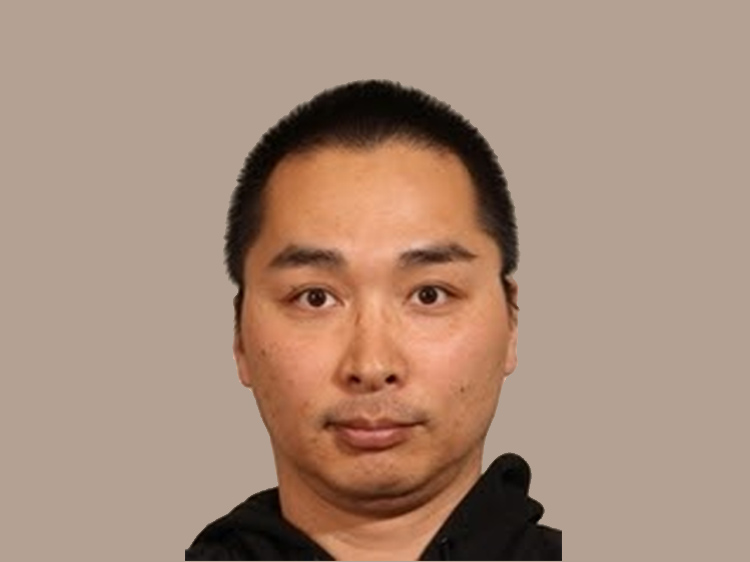
(IPNS-EF, Assistant Professor)
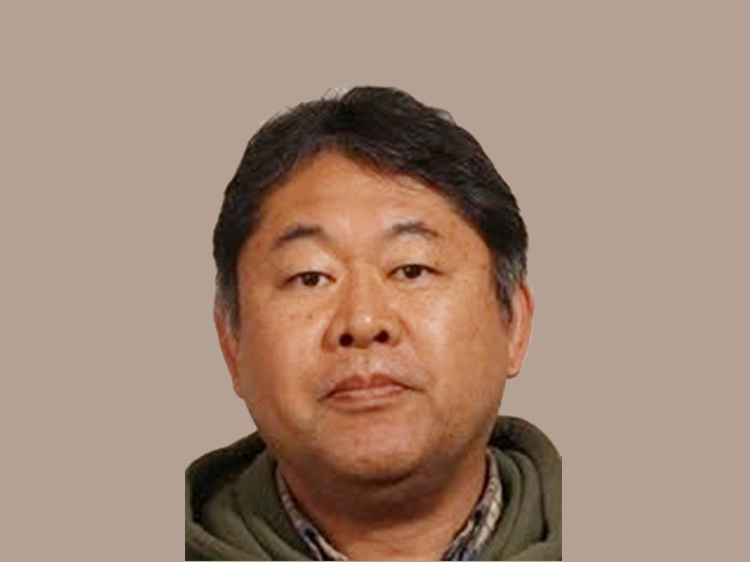
(IPNS-EF, Senior Fellow)
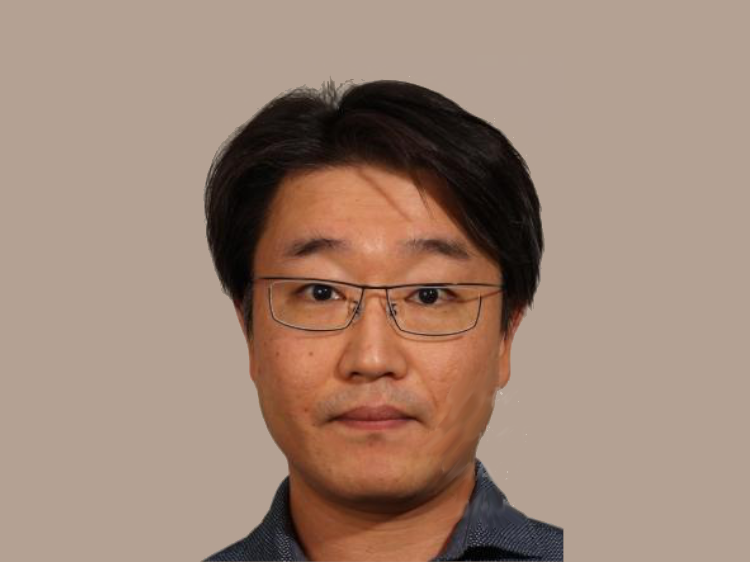
(IPNS-ITDC, Associate Professor)
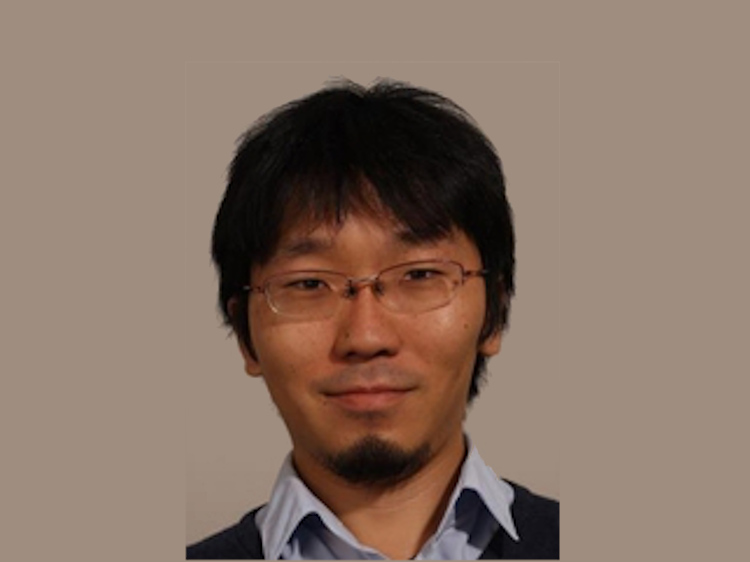
(IPNS-EF, Associate Professor)
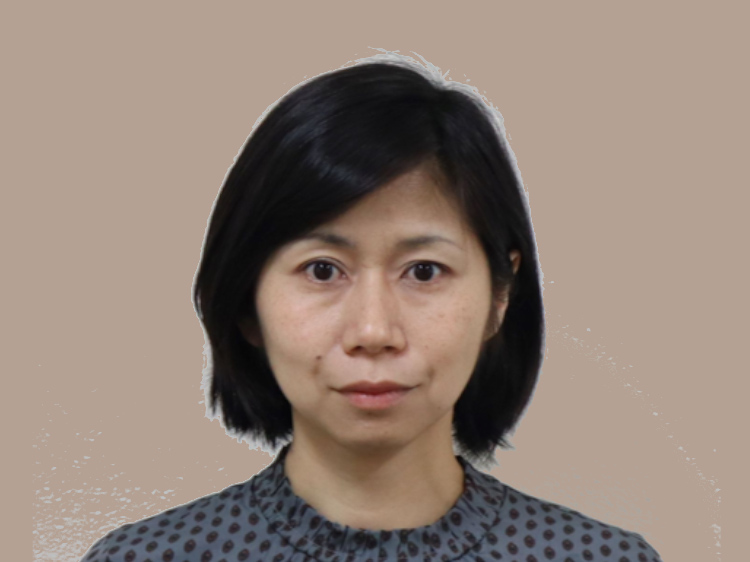
(IPNS-EF, Assistant Professor)

(QUP, Professor)

(IPNS-EF, QUP, Associate Professor)
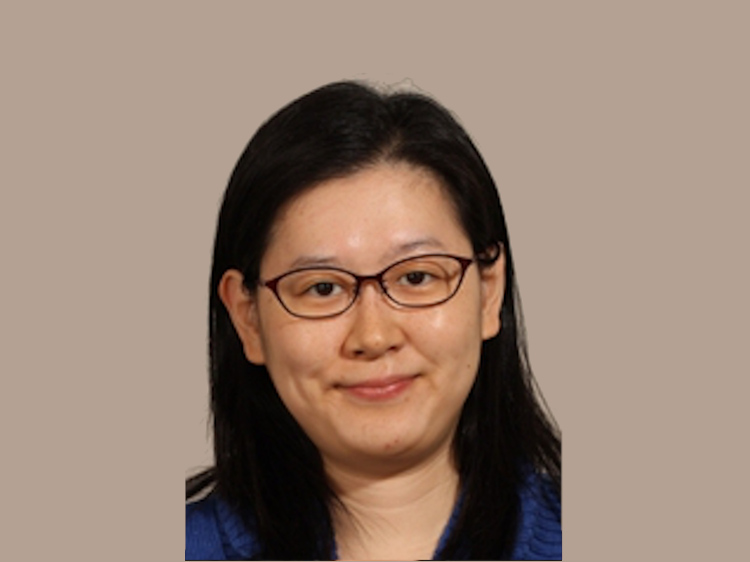
(IPNS-EF, QUP, Associate Professor)
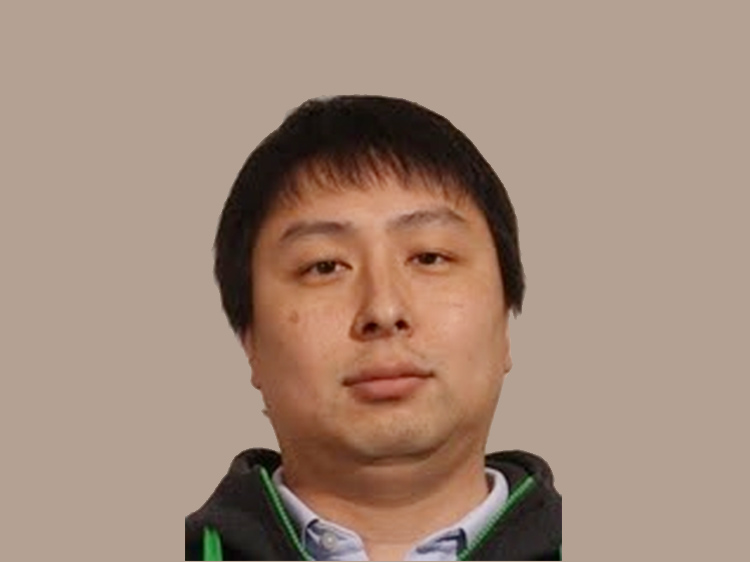
(IPNS-EF, Assistant Professor)

(IPNS-EF, Associate Professor)

Postdoctoral Researcher

(IPNS-EF)
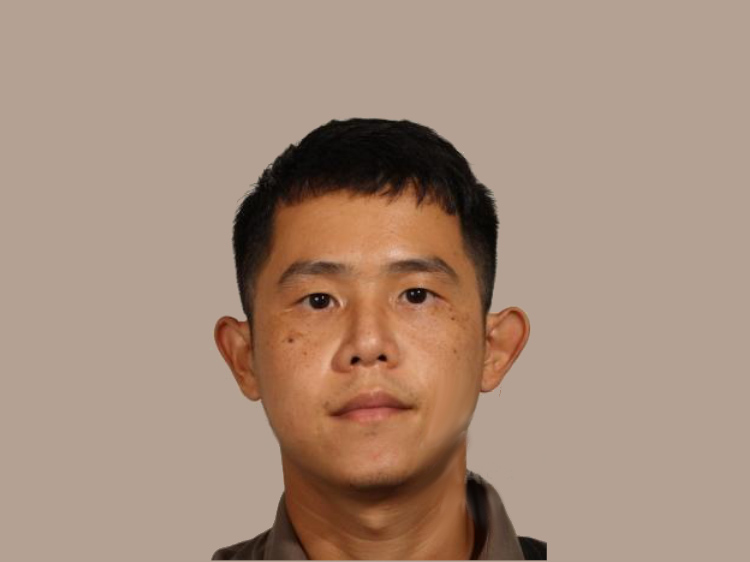
(IPNS-EF)
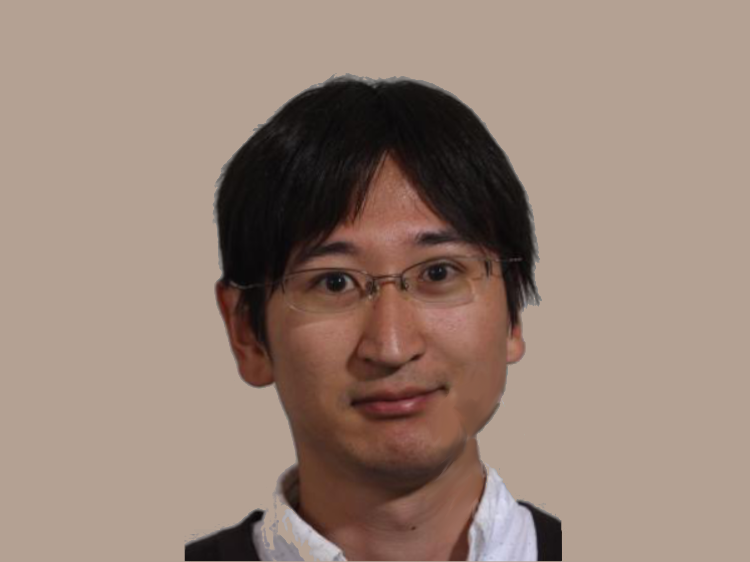
(IPNS-EF)

(IPNS-EF)
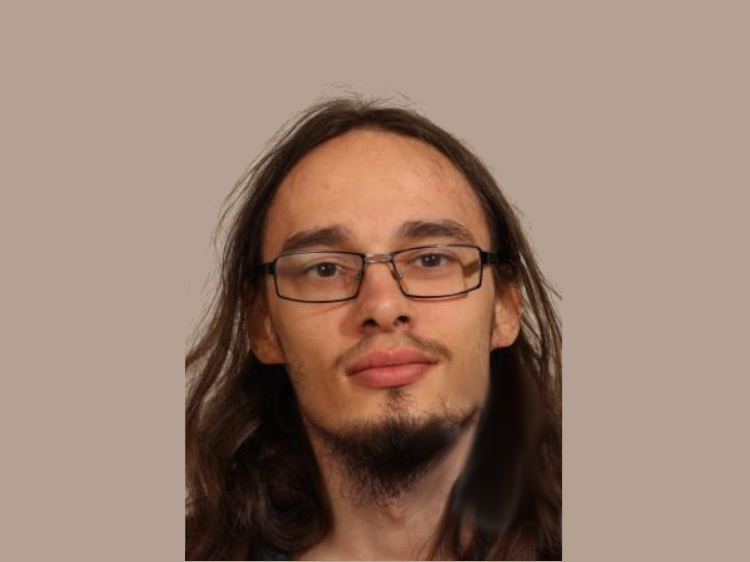
(QUP)
Sokendai Student

(M2)
Affiliated Scientist
